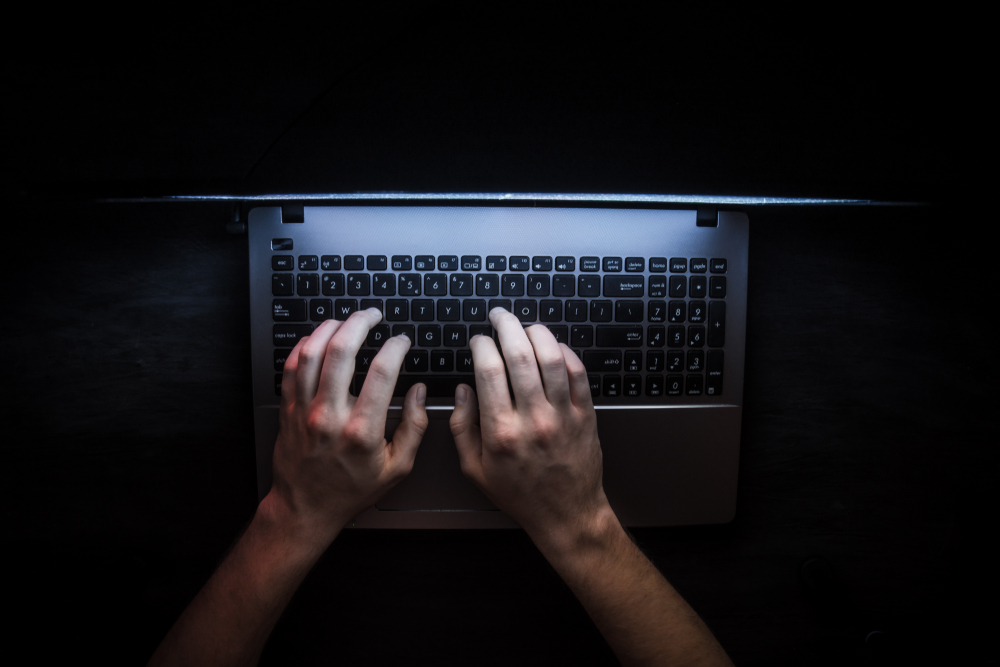We navigate with desktop or laptop computers, video games, and consoles, tablets, and smartphones, even televisions. We download files or programs, fill out forms, and create profiles in networks. We read content, we play, we listen to music, we communicate, we work, we study, and we buy on the internet.
For starters, the main measures related to cybersecurity at home are divided into:
- Automated measures: Passive, that is, they do not require any action by the user or at least their configuration allows automatic start-up. Proactively – before anything happens – we can use firewalls. Reactively, we have window or banner blocking programs at our disposal, we have plugins, and we have anti-spam or anti-fraud programs. Between the productive and the reactive, there are dozens of antivirus options and system updates.
- Non-automated measures: They do require specific action by the user for their correct operation. Proactively, we can resort to passwords, backups, digital certificates, reduced permits, electronic ID, data and document encryption. Reactively, we can opt for the removal of temporary files or cookies.
- Protection against viruses, spyware and adware, botnets
The viruses are computer programs that, although each other are very different, have in common that are designed to spread as quickly as possible among the greatest possible number of computers. Many of them arrive via mail and not only infect the computer from which the infected message is opened, but they look for email addresses stored in the file system of that computer to resend it.
Security of data is a major step in this regard, and domestic users should always turn towards measures which offer the best value. PCloud is a platform that is developed to offer maximum data security for users. The Swiss tech company offers cloud storage solutions with maximum encryption, data security, file management, synchronization, backup and restore, accessibility, and integration of files. Unlike many other cloud storage platforms, PCloud only requires a one-off fee and a lifetime subscription. It is popular among European users over the internet and continues to add value to the lives of many people elsewhere.
- Update the ‘devices’
The first step is to keep the equipment and devices clean, making sure they are updated with the latest operating system available (Windows, macOS, Linux), as well as reliable and updated browsers and security and control software. It should not only be done with computers, but also with the rest of “devices” that access the domestic Wi-Fi (mobile phones, tablets, consoles). The data tells us that we connect more to the internet with mobile devices than with landlines, so it is better not to forget that smartphones and tablets also need your pampering and care.
- Secure Your Wi-Fi Router
The router is the device installed by the company that offers us access to the internet, to which all the devices in our house must be connected via cable or Wi-Fi to access the network. There are routers of many types and colors but, to simplify, I will only emphasize that currently, those who provide us with the vast majority of Internet operators have the possibility of offering wireless connection. This means that we can connect to the router without wires. The number of devices can grow, without putting them near a place where there is a network cable. We can connect mobile phones or tablets to the internet without consuming the data on our mobile phone provider.
